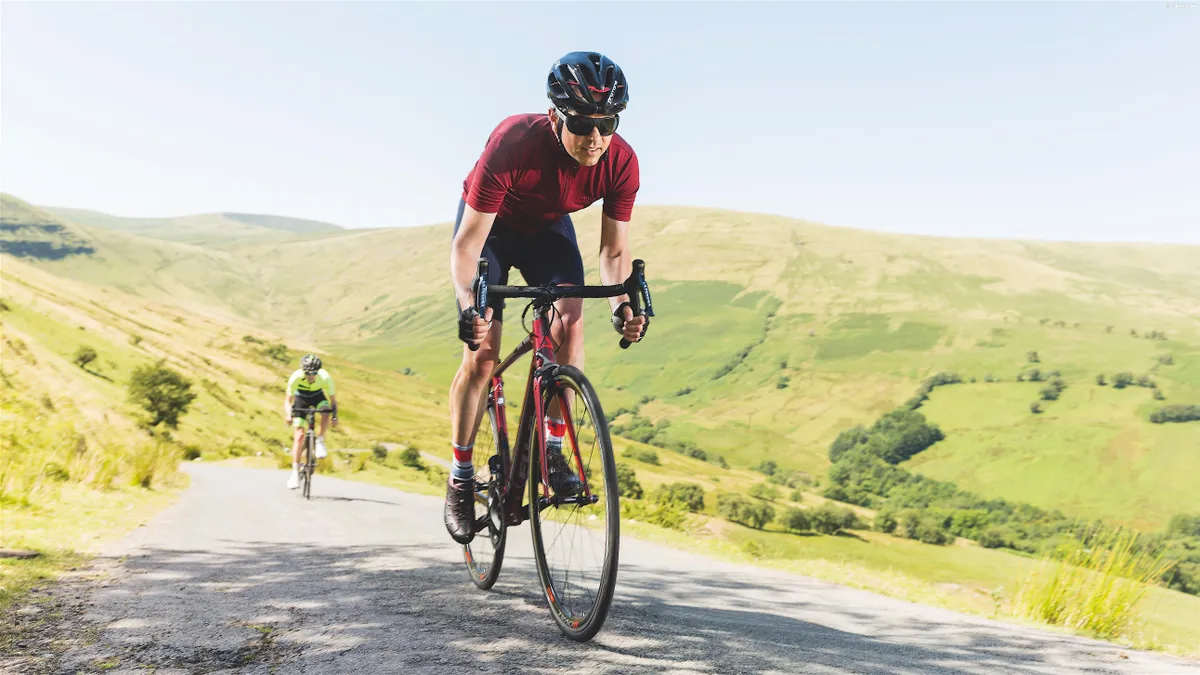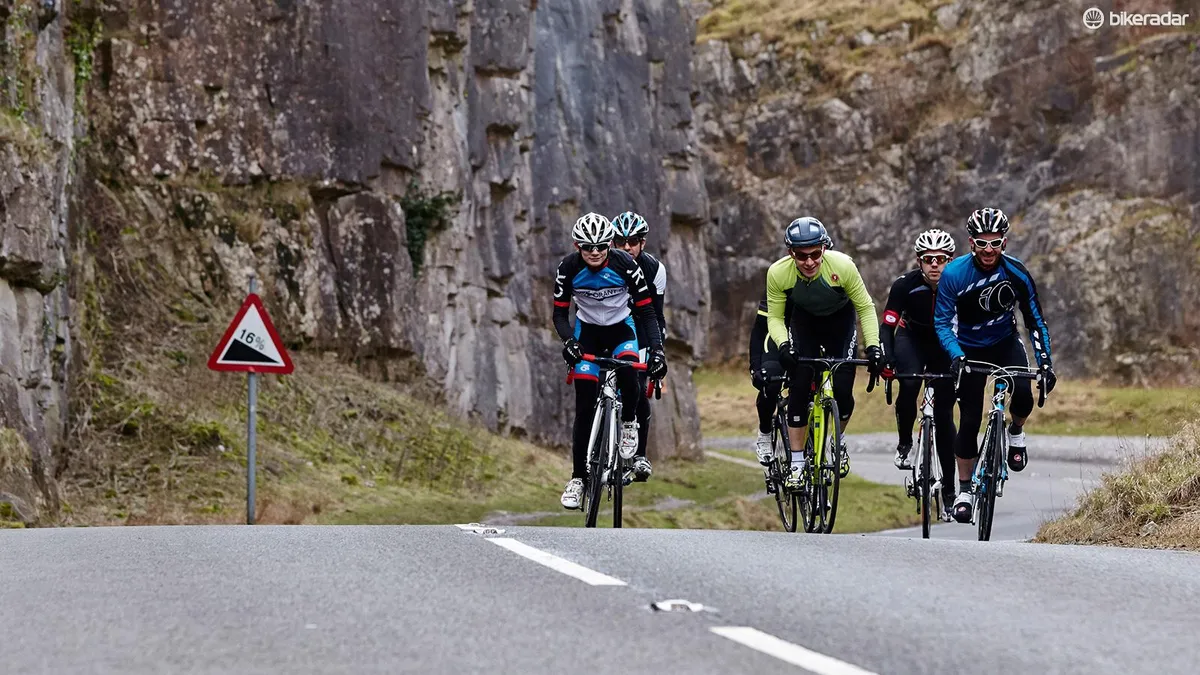Heading out for a ride on your own can certainly be a worthwhile experience but let’s be honest, riding a bike with friends or clubmates is much more preferable. And it isn’t just because you’ll have someone to buy you a cake when you stop.
- How to ride in a group — basic and advanced skills
- How reducing your training before a big race can boost your performance
Plenty of research has been carried out into how training with others can affect your sporting performance and, on the whole, the consensus is that it’s a positive idea.
In general, the underlying psychological process is that when others are present, either as fellow cyclists or even just as spectators, they stimulate you mentally and physically to perform a task such as cycling at a higher level than you would alone. In short, other riders lead you to raise your game.
If you think back to rides you’ve done alone, and ones you’ve ridden in a group — either in training or a race — chances are that it’s the group rides that have been the fastest, or the ones in which you’ve ridden furthest. The paths to elite performance are littered with riders trying to train alone for the big race, not quite making every session count and falling short.
Bunch benefits work for non-racers, too
Even if you’re not concerned with going faster or further, finding someone else to ride with provides motivation even if all you actually want to do is, well, ride.
Committing to a ride with a partner is a sure-fire way of making sure that you actually get out on your bike. If you’ve set a date in your diary to get out for a long ride with a friend, then you’re less likely to miss that date when the day dawns wet and cold than you would if it was just you. Just imagine the disappointment on your ride buddy’s face when you don’t show.
Although training with others is a sound idea, there are some health warnings you need to heed. Clearly your choice of training partner(s) is key. Any partner must share your key training goals and aspirations, otherwise the relationship will be torn apart by a lack of common goals. It’s also a very sensible idea to at least start off riding with someone of a similar level to yourself.
Training with someone who’s a lot faster than you, or vice versa, can be frustrating and worse — counterproductive. If you’re the slower rider then you’ll likely spend a lot of time working outside your most efficient training zones. Likewise, if you’re always hanging back and waiting for your mate, you won’t be getting the workouts you need to improve.

It’s also well worth noting that while training in a group can encourage high levels of effort and performance, some people just don’t buy into the idea of hard work and co-operation. So beware of the ‘loafer’.
Groups provide perfect places for riders to ‘hide’ — while other riders make a big effort, they can sit back and relax. Yes, they’re cheating themselves, but they aren’t really helping you either! Taking your turns at the front should be very much part of the group expectations and if you think someone is shirking their responsibilities, it’s up to the group to discuss this with them. And if necessary, don’t buy them cake.
Group riding tips
- Set some training group rules about what you all expect regarding punctuality, behaviour, scheduling and training intensity
- Find a ride partner with a common aspiration and who is of a similar standard to you. Partnerships with riders of unequal abilities seldom provide both riders with enough challenge to be of any benefit
- Getting training right with others requires continual communication between all involved to ensure all are getting the most out of the training. Schedule a pit stop every so often to review how things are going. And don't forget to eat some cake
- Check out our guide to group riding for more useful tips
